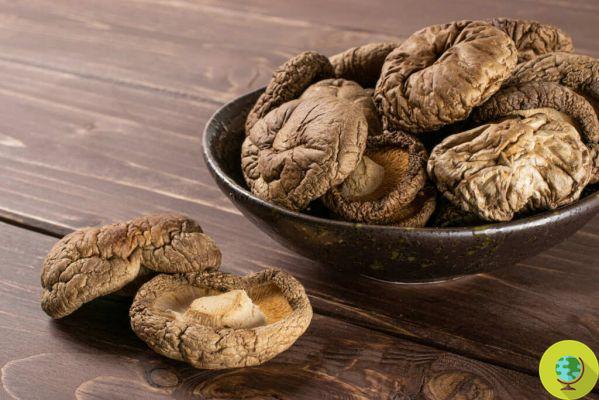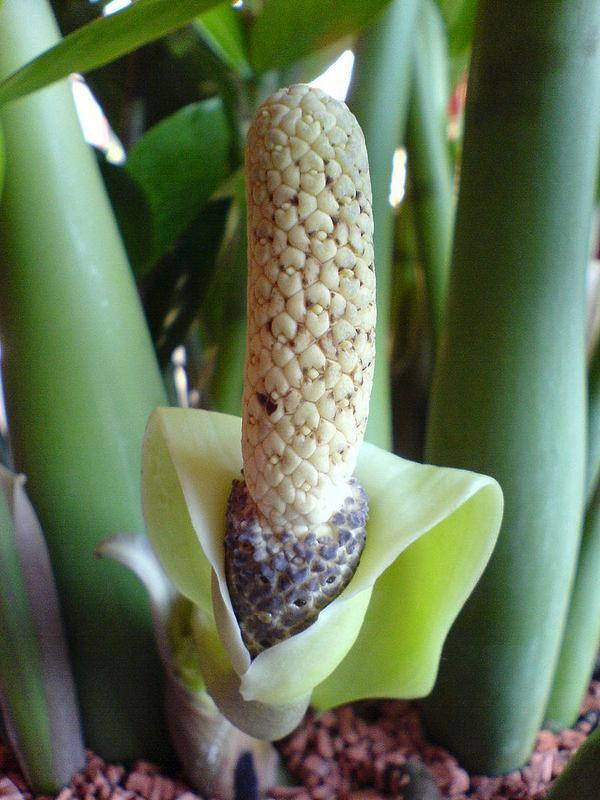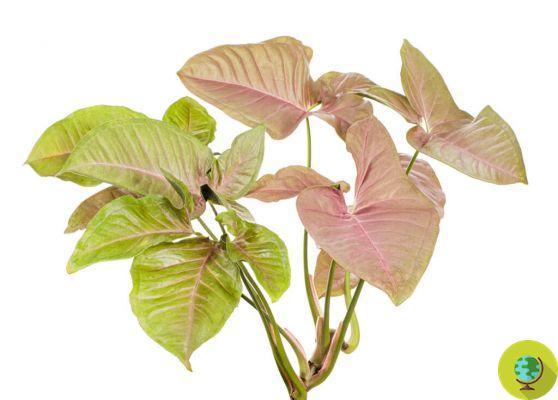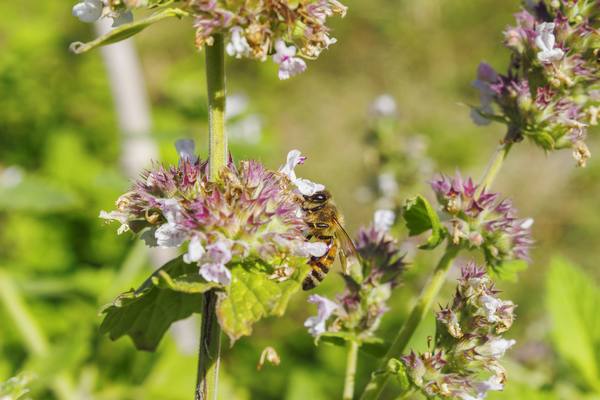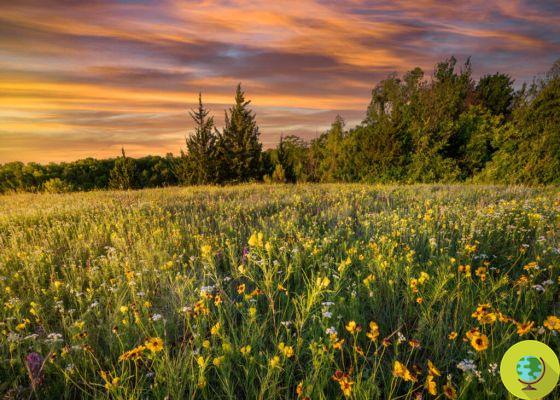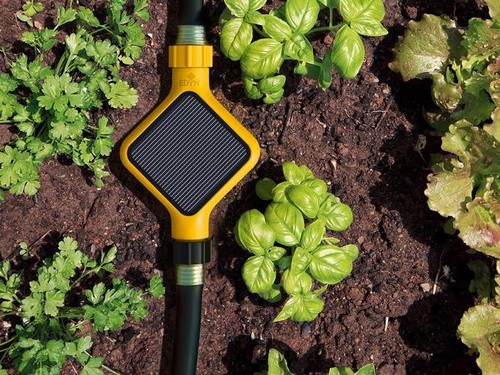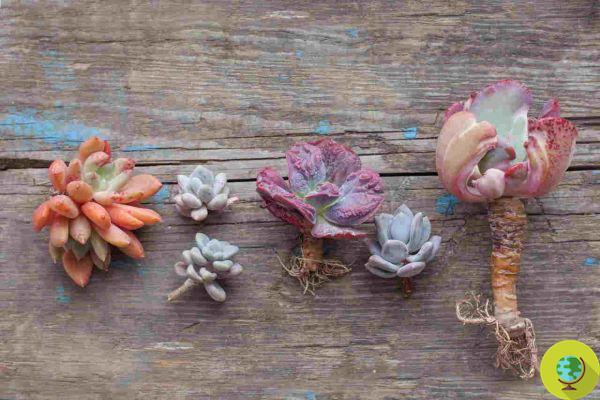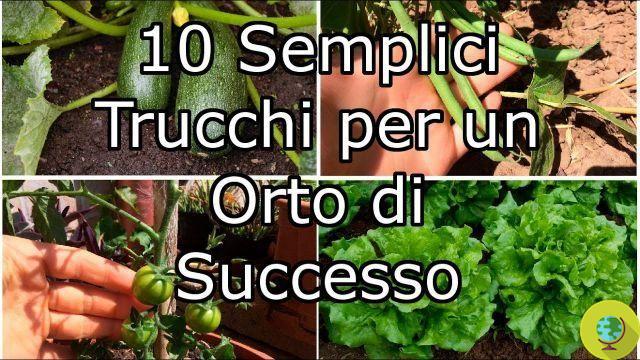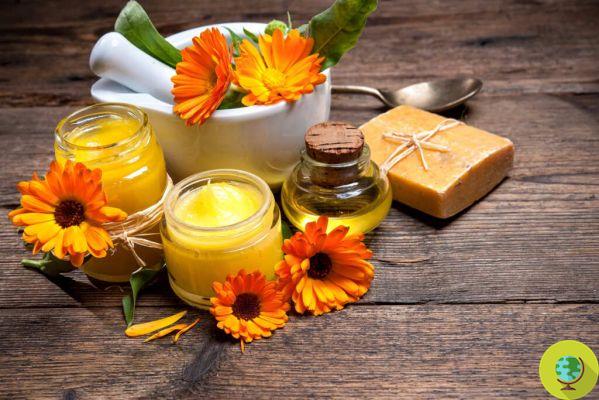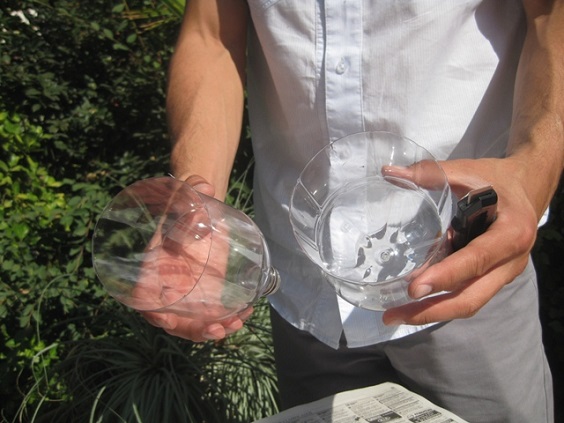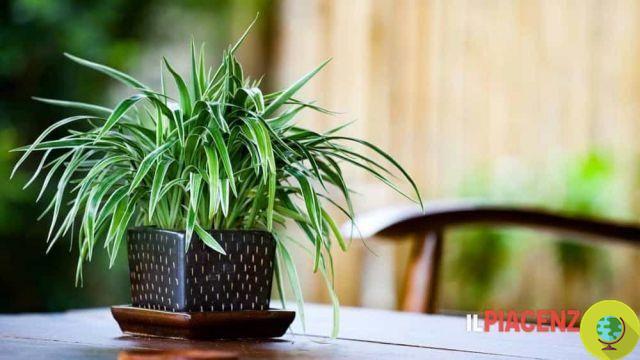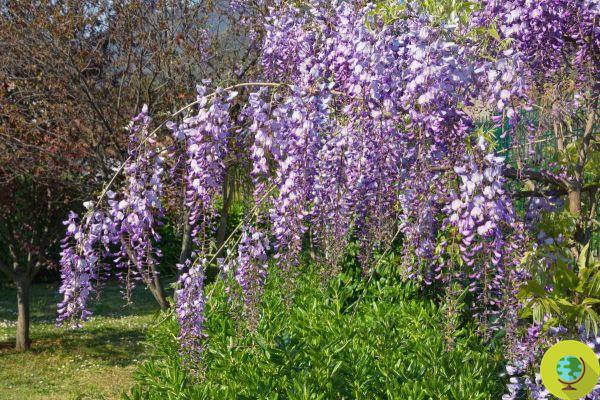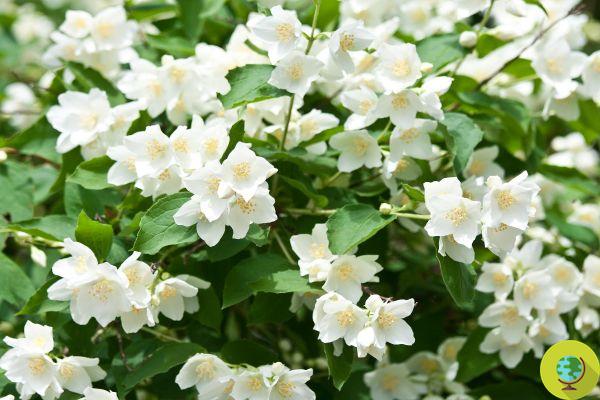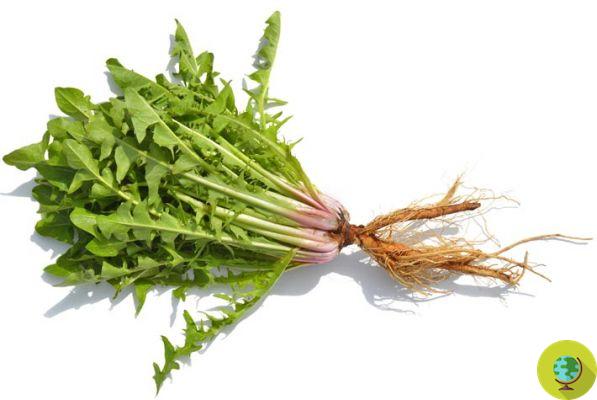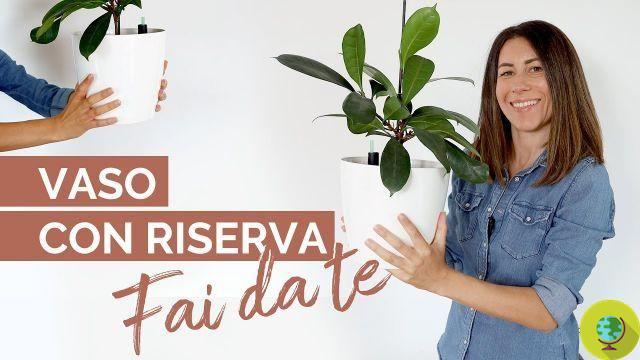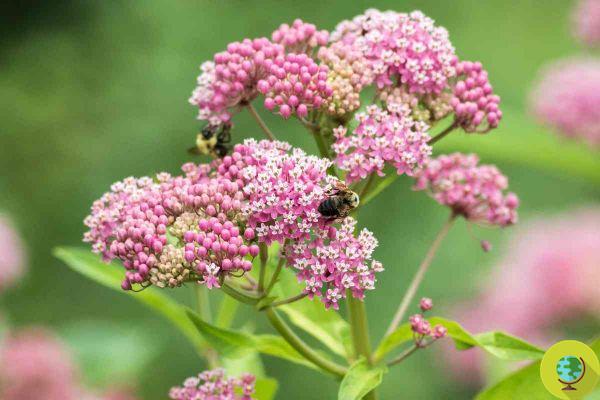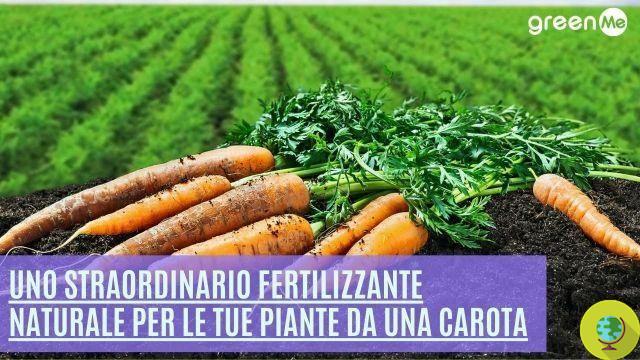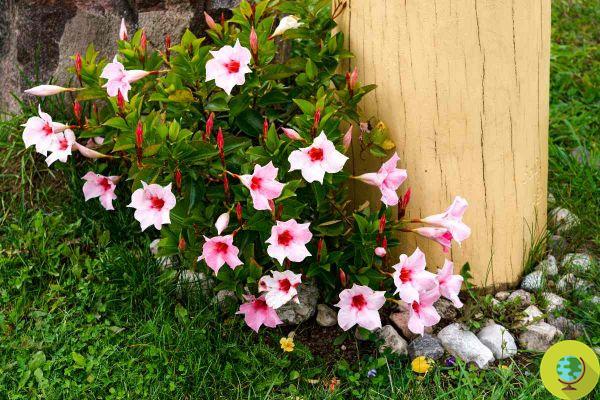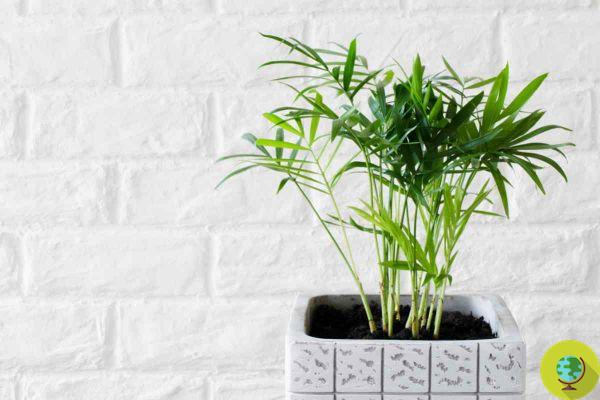How important it is to have the right plants to use in the kitchen and beyond, directly in the garden or on your balcony
He is about to end up run over, his mother saves himMarta and I decide to follow a course of "Basic herbal medicine"Which is organized by"Insurgent Gardens " and held by Dr. Arianna Lambertie by Dr. Marta Di Benedetti, both graduated in herbal techniques. The course is part of a much more complex project of which both Marta and I happily learn ideas during the evening.
We arrive equipped with pen and paper and we, there in the front row, do not miss anything. We have joined our notes and decided to present a course report to you, hoping it will be useful to you.
Index
Herbal medicine, medicinal plants and natural medicines
The history of herbal medicine is lost over the centuries. Since ancient times, peoples from every corner of the planet had understood how plants could represent an important healing resource, starting to discover their beneficial or harmful properties, simply by attempts or guided by instinct.
Il the first herbarium dates back to 2800 BC and was found in China. It reported 366 different plant species, considered curative and almost "magical". But now we know that herbal medicine is not magic and that natural extracts, with their molecules, interact with our body, causing effects that can represent a cure and lead to real healing. An important step for herbal medicine took place thanks tothe Swiss physician Paracelsus, who for the first time began to consider the effects of the different parts of medicinal plants, that is, of their roots and aerial parts (flowers, leaves, buds, buds and fruits).
As the two herbalists explained to those present, this reminds us that it is good, when we talk about plants and natural remedies, remember that the the term "natural" is not synonymous with "beneficial", as both plants and their extracts can have positive or negative aspects. There are plants that present beneficial and healing substances and plants they contain poisonous extracts for humans, which can even be lethal.
For this reason it is good not to improvise in the collection and use of spontaneous plants if you are not fully sure of what you intend to collect. Hence the importance of having the right healing plants available directly in the garden or on your balcony, thanks to simple pots. Even in the case of extracts considered generally beneficial, for example of essential oils, there may be contraindications regarding the dosage or the period of life in which it is found. It is therefore good to always pay attention in their use, as well as in the preparation of infusions and decoctions.
Officinal plants
They are called medicinal plants those plants that contain active substances and that can be used for the preparation of drugs. Different extracts can be obtained from them, such as essential oils (from aromatic plants), alcoholic tinctures and dry extracts enclosed in capsules. With dried leaves, flowers or roots, herbal teas can be prepared through the methods of decoction or infusion. The term "drug" refers to those parts of the plant that contain the active ingredient that can be used for healing purposes.
Il decoction provides that the useful parts of the plant are cooked together with the water. It is used for those parts of the plant that do not contain flickering extracts, such as roots and bark. L'infusion requires that the leaves or flowers of a plant (but also dried berries or fruit peels) are left to rest for a certain period of time (which usually varies from 10 to 15 minutes) in water brought to a boil separately.
Regarding drugs: what distinguishes a natural drug from a synthetic drug? A synthetic drug contains a single active ingredient and acts quickly and objectively against the symptom for which it was designed. The natural drug is a fitocomplesso, which can be composed of several plants and therefore have more active ingredients capable of acting with respect to the different symptoms. Its effects are expressed more slowly than for the synthetic drug, but this does not mean that a natural drug is to be considered less effective.
Herbalists have explained how it is one a matter of personal choices and needs. If, for example, you want the headache to go away immediately, a synthetic drug will be chosen. If, on the other hand, the headache is bearable and you want to try to relieve it little by little, perhaps even managing to reduce the frequency of attacks over time, a natural drug will be chosen.
Aromatic plants: unexpected properties to be discovered!
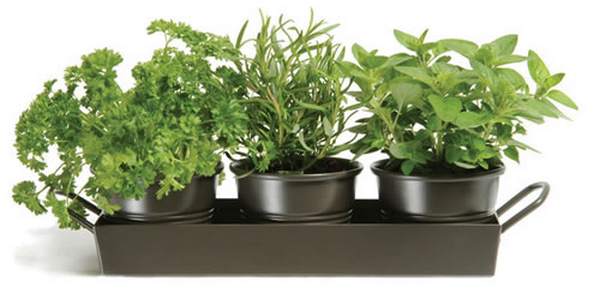
Speaking of aromatic plants, the two herbalists have revealed little secrets that perhaps many are unaware of. The main feature of the so-called aromatic plants is precisely the fact that it is present inside them the "essence", which is what we commonly call essential oil: however, when this substance is found in the plant it is called "essence" and only if it has been extracted is it called "essential oil".
Essence is a product of secondary metabolism of the plant and therefore it is not a vital product for her, but it is still important for various actions, some of which, for example, can be those of interaction between one plant and another or of attracting pollinating insects, or even, having an antifungal action and bactericidal, they are useful for the plant to defend itself against pathogens.
The essence is produced and enclosed by specialized cells for this task and which can be found, for example in mint or sage, in the leaves or they can be on the peel of fruits, as in the case of citrus fruit vesicles.
It is good to clarify one thing immediately: it is important to be careful when using essential oils because they are a real concerted of active principle; they can in fact be used both for internal use and for extreme use, but if you decide to use them internally it is good to know that it can be dangerous, as they can be aggressive, for example towards the mucous membranes or the gastrointestinal system, and therefore, if it is not really extremely necessary, it is always good not to use them for this purpose.
They also exist many plants that can be used instead of essential oils, so why risk it? What is different, however, is to use them in "spots" such as on canker sores or herpes and therefore in a localized manner. Essential oils undergo various distillation methods but the most common is that for steam current.
What plants to keep on our balcony?
Here are a few medicinal and aromatic plants that is possible grow in pots in order to have at your disposal a garden full of natural remedies that can be put into practice to alleviate the most common ailments. Having pots of medicinal or aromatic plants available will allow you to collect them at the most appropriate time, to dry them and to use them when needed.
The use of the dried parts of the plants is recommended, as they release their beneficial principles better in infusion. Here are the plants that you could choose for your healing garden one by one, accompanied by their properties and uses.
Medicinal plants
DANDELION - Taraxacum officinale
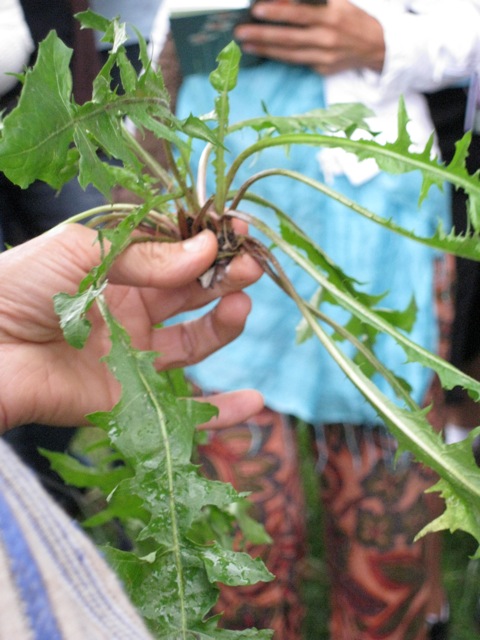
Il dandelion (Taraxacum officinale) is recognizable by its yellow-orange flower and for its characteristic fruit: the dandelion, which allows the propagation of seeds. It grows spontaneously in fields and meadows, but it is necessary to avoid its collection along very busy and polluted roads. The roots of the dandelion are used, the harvest of which balsamic for officinal use takes place in February or from May to November.
Once harvested, the roots must be dried in the sun and stored in glass or tin jars. The dandelion roots can be used in infusion for the preparation of a herbal tea with a diuretic and purifying effect. Up to one liter of dandelion herbal tea can be taken on the same day.
It however, it is contraindicated for those who take diuretic drugs and can cause unwanted reactions in ragweed allergy sufferers. The infusion can be used for external use in order to stimulate the scalp and to combat dandruff. For the preparation of the herbal tea it takes 1 or 2 teaspoons di dandelion root for each cup of boiling water. Leave to infuse for 15 minutes and filter.
ORTIC – Urtica dioica
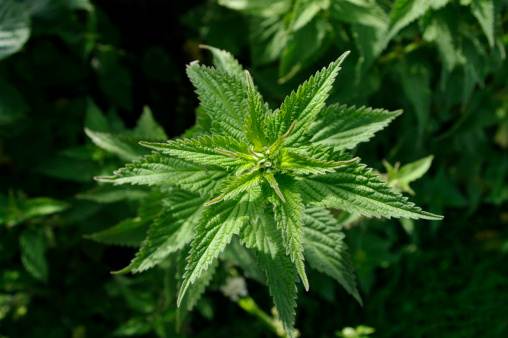
Nettle (Urtica dioica) is a perennial herbaceous plant whose leaves can be harvested from April to September, during flowering, using gloves. The irritating power of nettle leaves disappears with thedrying or after cooking. The leaves must be left to dry in the air and then stored in plastic or jute bags.
Nettle is considered beneficial for its content of mineral salts and vitamin C. The nettle herbal tea, which is prepared by leaving three teaspoons of dried and crumbled leaves to infuse for 15 minutes per cup, is particularly suitable for inflammation of the prostate, for the treatment of which it can be consumed up to one liter per day.
La herbal tea of nettle leaves dried, it can be drunk hot at the moment, or taken cold, after having prepared it in the evening for the next morning. The same herbal tea, once cooled, can be used for external use as a facial tonic for the care of oily or combination skin.
READ also: Nettle: the thousand benefits and how to best use it
AGLIO – Allium sativum
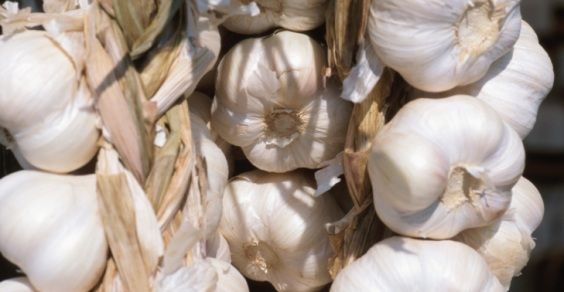
Garlic (Allium sativum) can be grown in pots by burying the bulbils in November to be able to consume it in spring. It must be harvested when the leaves are almost dry and left to dry for a week before consuming. Garlic is the most powerful natural antibacterial. It lowers cholesterol and blood pressure, as well as thinning the blood.
It should be consumed 4 grams of raw garlic per day in order to obtain healing effects. However, the taste of garlic is not to everyone's liking. Alternatively, the correspondent can be found in the herbalist's shop dry extract.
Consumption of garlic is contraindicated during lactation, as it makes the taste of breast milk unpleasant. Garlic should be consumed with caution by those undergoing blood pressure, cholesterol or blood thinning treatments, as it can enhance the effect of medications taken. READ also: How to grow garlic on the balcony in 6 steps
PASSIFLORA - Passiflora incarnata
Passionflower (Passiflora incarnata) is a climbing plant often employed for ornamental use of which the beneficial properties. For the preparation of herbal and medicinal remedies, the aerial parts of the passion flower (stems, flowers, leaves and fruit) are used. They are used for the cure of anxiety, distress and insomnia due to agitation.
Passion flower remedies act quickly with their relaxing and sedative effect on the central nervous system. Passionflower herbal tea is prepared in the form of an infusion and two cups a day can be consumed.
In herbal teas, passionflower can be associated with other plants, such as melissa. The use of passion flower tea and curative products based on it it is not recommended during pregnancy, as there are no studies proving its harmlessness. The herbal tea is prepared by infusing two teaspoons per cup of dried passionflower.
MELISSA - Melissa officinalis
La melissa (Melissa officinalis) is distinguished by the lemon scent of fresh leaves, which disappears after drying. It performs a muscle relaxant action on the smooth muscles of the intestine and for this reason it is considered an excellent remedy for those suffering from irritable bowel syndrome, a disease that has a predominantly psychosomatic origin.
The dried lemon balm leaves (two teaspoons per cup) are used for the preparation of an herbal tea, to be consumed in a maximum quantity of 500 ml per day. Lemon balm stimulates the thyroid and is contraindicated for those suffering from health problems in this regard. Its external use takes place thanks to theessential oil extraction, which can be applied in the amount of one drop for the treatment of cold sores.
MALLOW – Malva silvestris
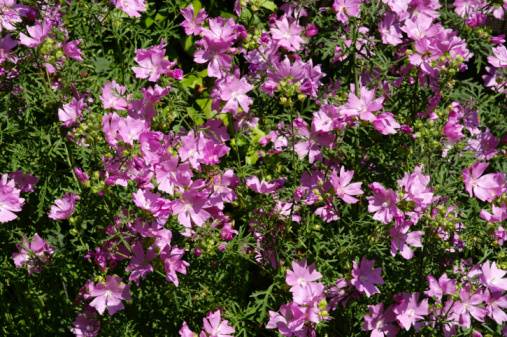
La mallow (Malva silvestris) is a perennial medicinal plant, of which flowers and leaves are used for the preparation of herbal remedies. After being harvested, it must be dried in the shade. Mallow contains mucilage that make it suitable to protect us from heartburn and to disinfect the intestine. It is also a very mild laxative.
The dried leaves and flowers (two teaspoons per cup) are used for the preparation of a herbal tea to be consumed in the maximum quantity of one liter per day. Mallow tea can be used as mouthwash to soothe the discomfort caused by inflamed gums.
Leaves and flowers can be left to infuse along with a handful of flax seed to obtain a mucilaginous compound to be used as a poultice to be applied on the chest for the cough treatment with the help of gauze or a handkerchief.
Aromatic plants
SAGE - Salvia officinalis
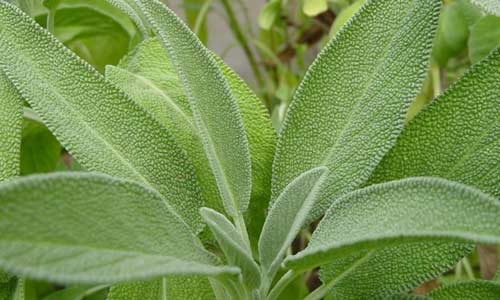
La sage is an evergreen shrub with beautiful green leaves rich in essence and small purple flowers. The drug is represented by the leaf and the flowers which are collected respectively in April-July and in May-August. It is grown in calcareous, pasty but always well-drained soils. The drying must take place in ventilated rooms and then placed in paper or canvas bags.
There has been a great traditional use of it, which has always been used for bad breath and to have bright teeth. It is a natural bactericide, has great digestive properties, so much so that an old recipe speaks of a digestive wine very useful after large meals. 40g of sage leaves were put in 1lt of white wine and left to macerate for 5 days. The dosage was 1 shot after meals.
But the use in the kitchen is therefore common, and the use in phytotherapy? For internal use it is useful for the system gastrointestinal; it is an antispasmodic therefore it acts on smooth muscles helping in case of contractions, stimulates the production of bile, being choleretic, detoxifying the liver and also stimulating digestion being bitter and stimulating gastric secretions.
It has an action antiigrotica as excessive sweating decreases; this is mainly due to its essential oil. It also contains some esterogenic substances that make it perfect in case of "menopausal hot flashes".
The assumption is di 2 or 3 times a day as an infusion (It also exists as a mother tincture or as an extract but they are stronger compositions). For external use, however, the essential oil can be added to toothpastes or base oils such as sweet almond or argan oil and is perfect as a purifier and deodorant.
Has contraindications: USE IN BREASTFEEDING is absolutely FORBIDDEN BECAUSE IT BLOCKS milk production and even in pregnancy it is better not to use it since it has molecules that are capable of interacting with female hormones.
The utmost attention must be paid in the case ofuse of essential oil: only 12 drops for internal use (a dose that is never taken) is capable of causing discomfort up to convulsions. It therefore has a rather low toxic dose.
ROSEMARY - Rosmarinus officinalis
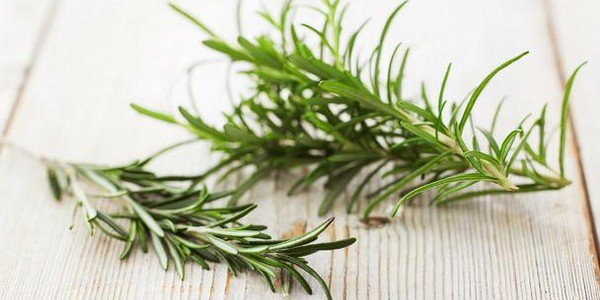
Il rosemary it is part of the labiate, its drug are the twigs with the needle-like leaves and its little flowers. It grows spontaneously in the Riviera areas. but it is satisfied with any climate. The leaves are harvested in the summer and the drying must be done in the shade. The essential oil is extracted from the plant and is also used in the kitchen (but always very carefully).
In phytotherapy it is excellent antioxidant, in fact, acts against the free radicals, it is excellent for digestion as it stimulates gastric secretions and is also a good diuretic. Its external use is useful in case of poor circulation, in fact it stimulates the circulation so much that a quick recipe for a good anti-cellulite oil is: essential oil of rosemary, essential oil of birch in a base oil of your choice.
The essential oil calm the cough and it seems, from some studies, that it slightly stimulates the memory (unlike lavender, which instead tends to be calming), it is therefore a perfect essential oil to use in aromatherapy during periods of study or concentration. For external use it is used in packs for oily skin or for oily hair, it is in fact an excellent cleanser and purifier.
Contraindications: essential oil in aromatherapy SHOULD NEVER BE USED IN ROOMS WHERE INFANTS OR SMALL CHILDREN ARE HERE because essential oils like these, that is balsamic, cause muscle spasms. At too high doses (internal use) it can cause convulsions and SHOULD NEVER BE USED during pregnancy because containing substances that can vary menstrual flow creates unnecessary risks. (READ also: rosemary: how to grow it in pots or in the garden
MINT - Peppermint
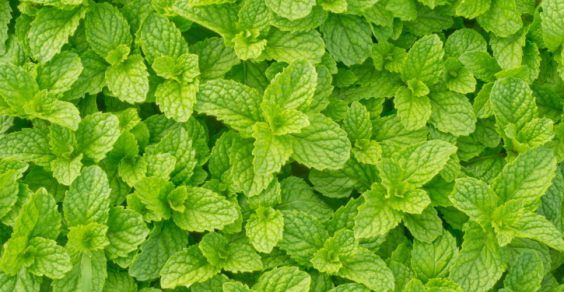
La mint it has stolons and thanks to them it is largely infesting; there are many types but the Peppermint has a very high concentration of essence in the leaves, its drug in fact are the leaves and the flowering tops that are harvested between July and August.
The i is also part of the same family as the sage and rosemary, the labiate.
It has an internal use: it acts at the level of gastrointestinal system, because it helps digestion and the essential oil has an antispasmodic action on smooth muscles. The essential oil is widely used in laxative herbal teas that contain plants such as senna or buckthorn which are a little irritating to the intestinal mucosa and therefore block bowel movements a little; mint on the other hand, being a tonic of the intestine, is therefore combined with these plants, as well as for the fact that it has an excellent flavor.
The menthol that mint contains has atoning action, so it is good to never drink mint-based herbal teas just before bed if you do not want to suffer from insomnia. Mint also serves as an expectorant: it acts on cough and as an external use it is also possible in this case to make it a curative oil based on a vegetable oil of your choice with the addition of essential oil; this oil thus obtained will be useful in case of itching or inflammation of the skin or dermatitis.
Finally,Peppermint essential oil is useful for mild inflammation of the airways; it is therefore useful for making fumigations as it is an excellent bactericide and also frees the nose as it is balsamic (put a few drops of essential oil in boiling water but be careful to keep your eyes tightly closed otherwise they burn!).
It is NOT used on children because it can create spasms. (READ also: Mint: properties, benefits and uses)
TIMO - Thimus vulgaris
In this case, the drug of the plant is le leaves and flowers; it is of Mediterranean origin and loves calcareous soils in fact growing the plant in this type of soil allows to increase the concentration of essences in the plants.
Thyme was used by the Greeks as plant for diseases of the chest, the Romans used it for wines and cheeses and as a food preservative; these properties are given by the fact that his essential oil is a strong bactericide thanks to the thymol contained in it. Thyme should never be used for internal use, because even in low doses it can be annoying (even just 2 drops!).
It acts, as mentioned, on the respiratory and digestive system and is an expectorant e mucolytic. Stops coughs and acts on the bronchi, so it is perfect for bronchitis (thyme-based herbal tea). It acts well on digestion, gastritis and promotes the production of bile. It is used as an infusion or dry extract.
It can also be used added to toothpastes for its antibacterial properties and is a scalp tonic, stimulating hair growth: just make some frictions; it is perfect together with rosemary. The thyme is harvested by cutting it 5 cm from the ground, avoiding the woody part (the lower leaves are richer in oe and this is a peculiarity because usually it is the newer leaves that are richer in oe)
THE USE OF OE CAUSES GASTRIC PROBLEMS AND MAY LEAD TO BIRTHY THE CENTRAL NERVOUS SYSTEM AT HIGH DOSES.
LAVANDA – Lavandula officinalis
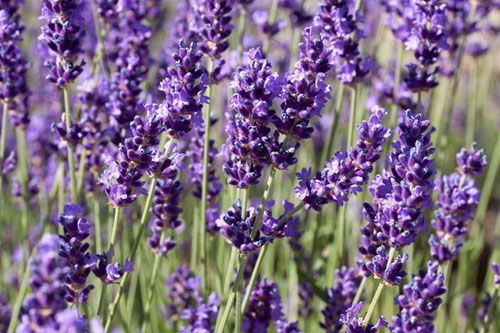
Lavender is very fond of drought; freshly blossomed flowers are used. This plant also belongs to the labiate, it blooms in June and September, and is harvested as soon as the flowers bloom. It is very popular as drawer and cabinet perfumer or to make aromatic pillows. We can dry it by placing the ears on a tray and then waiting for the flowers to come off by themselves.
In the 800th century up to the end of the 900th century it was used for curge nerves and “hysteria“, It is still widely used in aromatherapy today because it relaxes the central nervous system. In internal use it is not used a lot but can still be used as a sedative added to herbal teas.
Also 'essential oil of lavender it is digestive and has no contraindications except that if the doses are too high it has the opposite, exciting effect. The plant is fine in pregnancy and nursing, while the essential oil can be used in aromatherapy (but don't make baby aromatic pillows!). It must not come into contact with the skin of babies. READ also: Lavender: beneficial properties and a thousand uses for health and beauty
So what are you waiting for to create your own vegetable garden on the herbal balcony?
Kia – Carmela Giambrone and Marta Albè
READ also:
- Edible weeds: 10 wild herbs to collect and eat
- 10 infusions to prepare at no cost
- Tips for growing fresh herbs on the balcony





